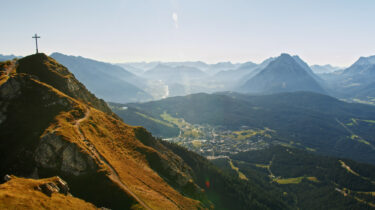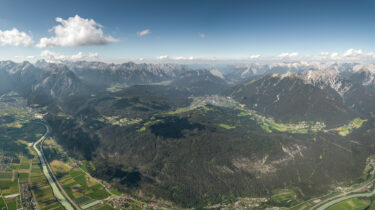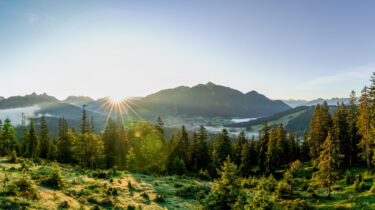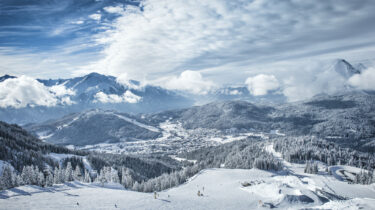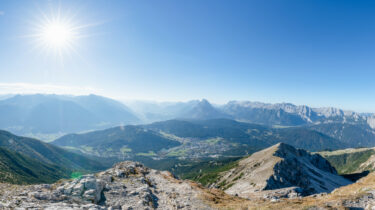HELLO, TIROLS HOCHPLATEAU!
Last updated on 23.05.2022
The “Olympiaregion Seefeld” becomes “Region Seefeld – Tirols Hochplateau”, a sunny high plateau at 1,200 metres. What remains unchanged is the exceptionally high recreational value of Seefeld, Leutasch, Mösern, Reith and Scharnitz – in all seasons!
When you think of Tyrol, you have two images in your mind: the Tyrolean mountain worlds and summits, e.g. the five large glaciers and the Arlberg. And the Tyrolean valley worlds, e.g. the Zillertal or the Ötztal. The bad news for the Region Seefeld: it belongs neither to Tyrol’s Mountain Worlds nor to the Valley Worlds. Now the good news: it belongs neither to Tyrol’s Mountain Worlds nor to the Valley Worlds. The Region Seefeld lies in a unique in-between world: on a high plateau framed by mountains. 1,200 metres above sea level. And 600 metres above the Olympic city of Innsbruck.
That’s why the Olympics are yesterday’s news for Seefeld.
Speaking of the Olympics: Seefeld’s longstanding first name “Olympiaregion” is now old news. In 1964 and 1976 Innsbruck’s Olympic fire also blazed up in Seefeld, and the Olympics became the foundation for the region’s tourism development. But today the locals are asking themselves: aren’t we much more than “just” an Olympic region? The region is far too versatile to be reduced to cross-country skiing, ski jumping and the Olympics! Don’t worry: even if the Olympic fire in the name goes out, the region will continue to burn for what it is all about: Tyrol’s unique high plateau!
On the many advantages of being Tyrol’s high plateau The Olympics only happen every four years – and probably not again so soon in the Tyrol. Tyrol’s high plateau, on the other hand, will always be the five villages of Seefeld, Mösern, Leutasch, Reith and Scharnitz. Regardless of current topics and trends. And regardless of the season. The high plateau itself is unique in Tyrol. Hence the new name: “Region Seefeld – Tirols Hochplateau”. Not one, but the only and unique one. This plateau at 1,200 metres above sea level is framed by two real high
mountains: the Wetterstein with the Zugspitze in the north and the Karwendel in the east. Nevertheless, this plateau between the Inntal valley and the high mountains can be reached from many sides. And unlike a narrow valley, a wide plateau always symbolises an open view and openness to the world. Last but not least, these 300 square kilometres are much more than “just” Seefeld.
Whether the Olympiaregion or Tirols Hochplateau: the most important thing is nature!
What makes the five places so attractive? Their nature, of course! The high plateau represents one of the most diverse natural and cultural landscapes of the Northern Limestone Alps – in all seasons. Climbers and mountaineers enjoy the main rock: very grippy Wetterstein limestone and main dolomite. The natural (and cultural) centre of the plateau is the wide Seefeld basin. To the northwest of this is the Leutascher high valley, and to the northeast (and directly on the border with Bavaria) is the Scharnitz basin. Whether in summer for hiking, climbing or biking or in winter for cross-country skiing, winter (long) distance hiking or skiing: Tyrol’s high plateau has been the favourite leisure spot of Innsbruck residents for decades, but also of its Bavarian neighbours from Mittenwald, Garmisch and even Munich. No wonder, the five villages of the high plateau south of the Zugspitze – wonderfully framed by the Wetterstein Mountains and the extensive Karwendel Nature Park – offer unique and varied experiences.
Pictures can be downloaded here. Picture credits according to copyright notice. The logo may be used once in connection with the press release.

